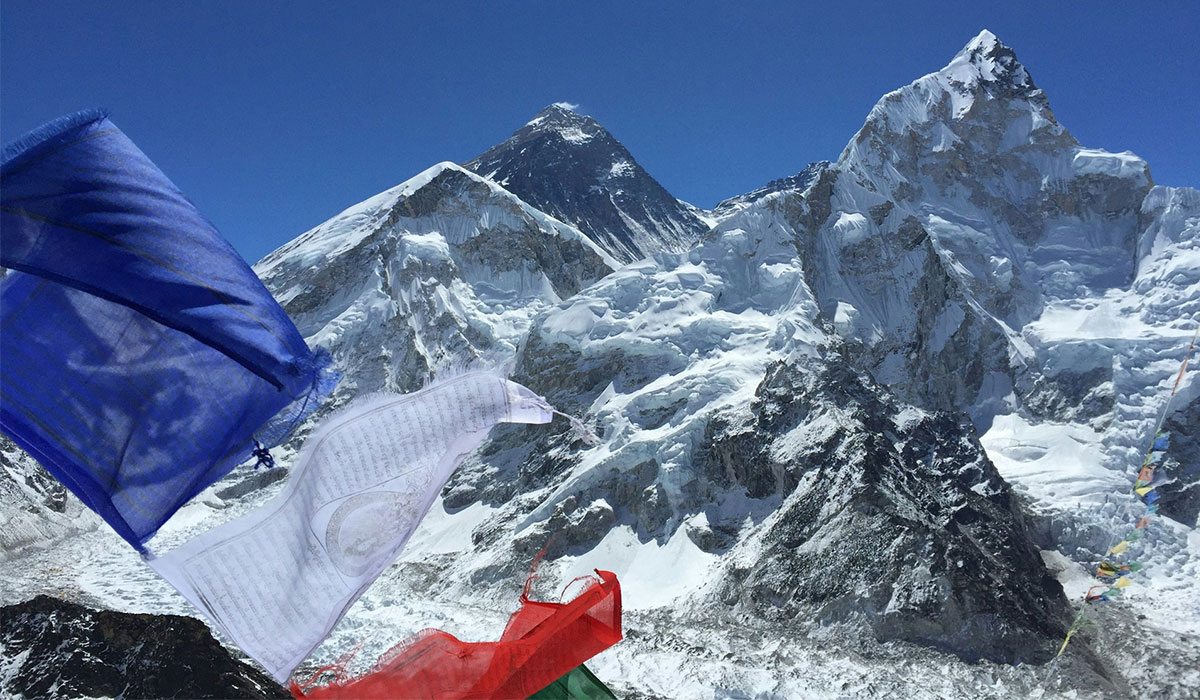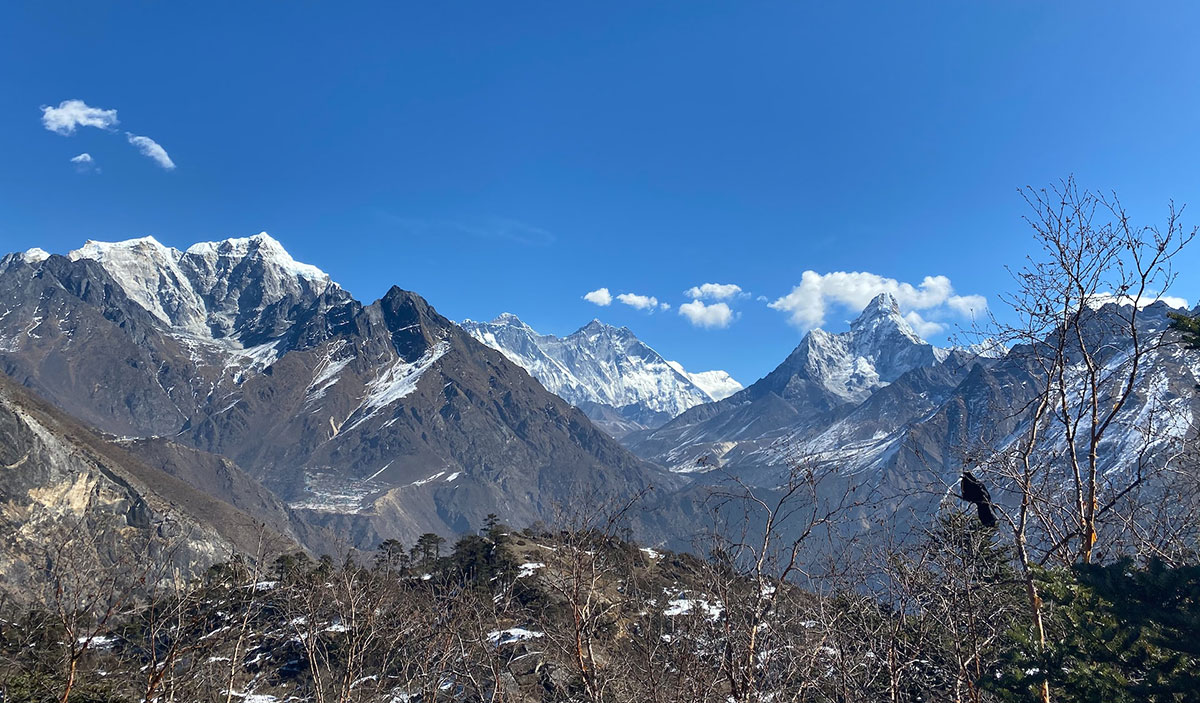Trekking to Everest Base Camp: A Thrilling Adventure on a Budget
Embarking on the Everest Base Camp Trek is a dream for many adventurers worldwide. Nestled in the heart of the Himalayas, this iconic journey offers breathtaking vistas, challenging trails, and a chance to stand at the foot of the world's highest peak, Mount Everest. While the allure of this trek is undeniable, concerns about costs often arise. However, with proper planning and a bit of savvy, experiencing the Everest Base Camp Trek on a budget is entirely feasible.

The Everest Base Camp Trek typically spans around 14 days, encompassing a trekking distance of approximately 130 kilometers round trip. For budget-conscious travelers, meticulous planning is essential to optimize expenses without compromising on the adventure. Here's how to make the most of your Everest Base Camp adventure without breaking the bank.
Firstly, consider the timing of your trek. The Everest region experiences two primary trekking seasons: spring (March to May) and autumn (September to November). During these periods, the weather is relatively stable, making for ideal trekking conditions. Opting for the shoulder seasons, such as late May or early September, can offer lower prices on accommodations and fewer crowds on the trails, contributing to a more budget-friendly experience.
Next, carefully select your route and accommodations. While the Budget Everest Base Camp Trek offers a range of lodging options, including tea houses and guesthouses, it's essential to prioritize affordability without compromising comfort and safety. Researching and booking accommodations in advance can help secure the best deals, especially during peak trekking seasons.

Additionally, consider joining a group or hiring a local guide and porter. Group treks often offer cost savings through shared expenses, such as guide fees, permits, and transportation. Alternatively, hiring a local guide and porter not only supports the local economy but also lightens your load, allowing you to focus on enjoying the journey without the burden of heavy backpacks.
When it comes to meals, opt for local eateries and teahouses along the trail. While dining options may be limited, sticking to authentic Nepalese cuisine not only offers a taste of the local culture but also tends to be more budget-friendly than Western-style meals.
Lastly, be mindful of additional expenses, such as permits, gear rentals, and emergency funds. Obtaining the necessary permits, such as the Sagarmatha National Park Entry Permit and TIMS (Trekkers' Information Management System) Card, is mandatory for trekking in the Everest region and should be factored into your budget.
In conclusion, embarking on the Everest Base Camp Trek on a budget is entirely achievable with careful planning and resourcefulness. By considering factors such as timing, accommodations, group options, dining choices, and additional expenses, adventurers can experience the thrill of this iconic trek without breaking the bank. So lace up your boots, pack your backpack, and get ready for the adventure of a lifetime in the majestic Himalayas.
Comments
Post a Comment